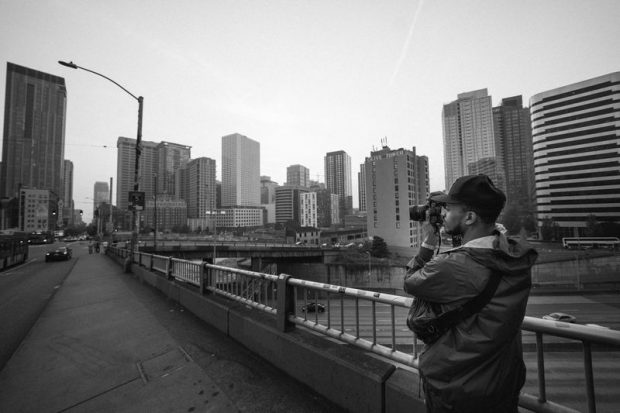6 Simple Techniques For Framing Streets
About Framing Streets
Table of ContentsThe smart Trick of Framing Streets That Nobody is Talking AboutNot known Factual Statements About Framing Streets Framing Streets Fundamentals ExplainedSee This Report about Framing StreetsMore About Framing StreetsTop Guidelines Of Framing Streets
, usually with the goal of catching pictures at a crucial or touching minute by careful framework and timing. https://hearthis.at/framingstreets1/set/framing-streets/.
How Framing Streets can Save You Time, Stress, and Money.
Susan Sontag, 1977 Street digital photography can concentrate on people and their actions in public. In this regard, the street digital photographer resembles social docudrama photographers or photographers who additionally operate in public locations, but with the purpose of capturing relevant occasions. Any of these photographers' images might record individuals and property noticeable within or from public places, which usually involves navigating ethical concerns and regulations of personal privacy, protection, and residential or commercial property.
Depictions of day-to-day public life develop a genre in virtually every period of globe art, beginning in the pre-historic, Sumerian, Egyptian and early Buddhist art durations. Art taking care of the life of the street, whether within views of cityscapes, or as the leading motif, shows up in the West in the canon of the Northern Renaissance, Baroque, Rococo, of Romanticism, Realism, Impressionism and Post-Impressionism.
Rumored Buzz on Framing Streets
Louis Daguerre: "Blvd du Temple" (1838 or 1839) In 1838 or 1839 the initial picture of figures in the road was videotaped by Louis-Jacques-Mand Daguerre in among a set of daguerreotype sights drawn from his studio window of the Boulevard du Temple in Paris. The 2nd, made at the height of the day, reveals an uninhabited stretch of road, while the various other was taken at regarding 8:00 am, and as Beaumont Newhall records, "The Blvd, so frequently full of a relocating bunch of pedestrians and carriages was completely singular, except a person who was having his boots combed.
, that was motivated to take on a comparable paperwork of New York City. As the city established, Atget aided to promote Parisian streets as a worthy topic for digital photography.

The Best Guide To Framing Streets
Martin is the very first recorded photographer to do so in London with a masked video camera. Mass-Observation was a social study organisation established in 1937 which intended to record daily life in Britain and to record the reactions of the 'man-in-the-street' to King Edward VIII's abdication in 1936 to wed divorce Wallis Simpson, and the sequence of George VI. The principal Mass-Observationists were anthropologist Tom Harrisson in Bolton and poet Charles Madge in London, and their very first record was generated as the book "May the Twelfth: Mass-Observation Day-Surveys 1937 by over 2 hundred observers" [] Window cleaner at Kottbusser Tor, Berlin, by Elsa Thiemann c. 1946 The post-war French Humanist College professional photographers discovered their topics on the street or in the bistro. In between 1946 and 1957 Le Groupe des XV annually showed job of this kind. Andre Kertesz. Circus, Budapest, 19 May 1920 Street photography developed the significant content of two exhibits at the Museum of Modern Art (Mo, MA) in New york city curated by Edward Steichen, 5 French Photographers: Brassai; Cartier-Bresson, Doisneau, Ronis, Izis in 1951 to 1952, and Post-war European Photography in 1953, which exported the concept of street photography globally.

Not known Incorrect Statements About Framing Streets
The recording equipment was 'a surprise cam', a 35 mm Contax hidden underneath his coat, that was 'strapped to the upper body More Bonuses and linked to a long cord strung down the ideal sleeve'. His job had little contemporary influence as due to Evans' sensitivities regarding the originality of his job and the privacy of his subjects, it was not released until 1966, in the publication Numerous Are Called, with an intro written by James Agee in 1940.
Helen Levitt, then an educator of young kids, related to Evans in 193839. She documented the temporal chalk drawings - sony a9iii that became part of youngsters's road culture in New york city at the time, as well as the kids who made them. In July 1939, Mo, MA's new digital photography section consisted of Levitt's work in its inaugural eventRobert Frank's 1958 book,, was substantial; raw and usually out of focus, Frank's pictures examined conventional photography of the time, "challenged all the official rules laid down by Henri Cartier-Bresson and Walker Evans" and "contradicted the wholesome pictorialism and heartfelt photojournalism of American magazines like LIFE and Time".